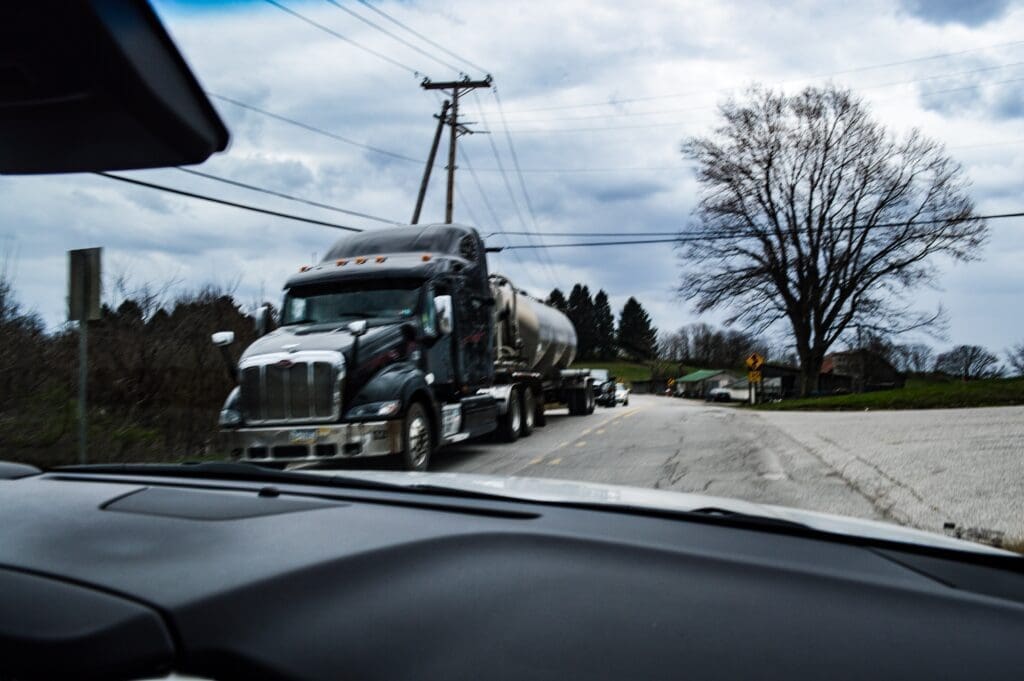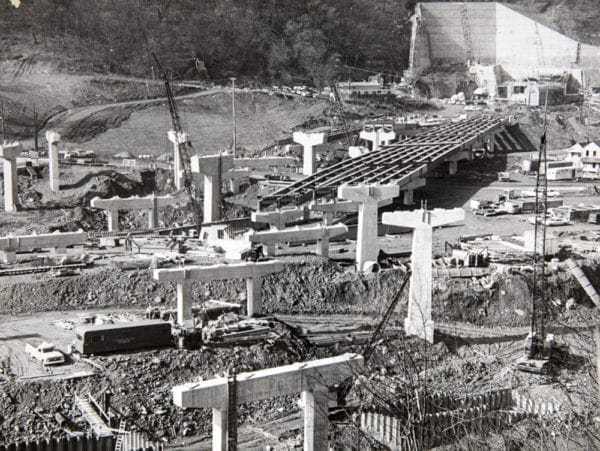We know what patching a pothole looks like, and we’ve witnessed new bridge construction, but never before have residents of the Upper Ohio Valley seen our roadways in such a rotted condition.
At one point, some citizens believed a catastrophe would have to take place to instigate attention to the 25 bridges and ramps along Interstate 70 in Ohio County, but now we know 19 of them will be re-decked, and six of the spans need demolished to the ground and completely rebuilt.
And while those country roads are fun to sing about in West Virginia, what remains present in Marshall County are the absolute worst in the Mountain State. Just ask Gov. Jim Justice. He’s a made a few visits to Division of Highways District 6 (Tyler County north through Hancock County), offered a few promises, and after 31 projects involving slip repair, not a single elected official can state they are confident children riding school buses are safe while doing so.

Anyone who has traveled through rural Marshall County has encountered the enormous vehicles utilized by the gas, oil, and pipeline industries, and those overweight water and sand trucks, And the drill rigs and “superloads” have caused a lot of damage.
Once, the weight limit for those rural, ridge roads was a mere 43,000 pounds, but a stroke of a bureaucrat’s pen in Charleston added 35,000 pounds to the maximum tonnage. Couple those constant corpulent cargos with a 2018 that saw rainfall 23.5 inches above this region’s normal precipitation (according to Fred McClelland of the National Weather Service), and the roads didn’t stand a chance.
One topic certain to be prevalent among state lawmakers during the upcoming regular session of the West Virginia Legislature is the state’s funding formula for the distribution of roadway maintenance funds, and that’s because, in 2019, the six most northern counties received the least amount of dollars of the 10 DOH districts.

It was during the 1950s when Interstate 70 finally reached the limits of the city of Wheeling, and hundreds of houses were demolished in Elm Grove, a cemetery literally was split and graves were moved to Greenwood Cemetery in Dimmeydale, and undeveloped wooded areas were shaved and then sculpted.
There was no stopping this freeway from splitting the Friendly City into a corridor that, for the most part, is adjacent to U.S. 40, aka National Road. It was opened by sections from the east, and once Wheeling Tunnel was completed in December 1966, a new gateway to the west was realized.
The initial belief was that I-70 would be healthy for the city’s economy, and it was until a new trend emerged from the retail industry – the mall. On surface-mined land near St. Clairsville, the Caffaro Co. constructed the Ohio Valley Mall and a few of downtown Wheeling’s bigger businesses flowed west, including Stone & Thomas, L.S. Good, J.C. Penney, and Sears.
The discussion about finally fixing the 14 miles of interstate in Ohio County began in 2010, but not until now is the work under way as a part of the “Roads to Prosperity” initiative that raised DMV fees and the state’s gas tax. The $214 million project began three months ago and is scheduled to extend at least three years. The photos in this piece, archived by James Thornton of Creative Impression, display some of what Wheeling residents experienced during the original construction of Interstate 70.

